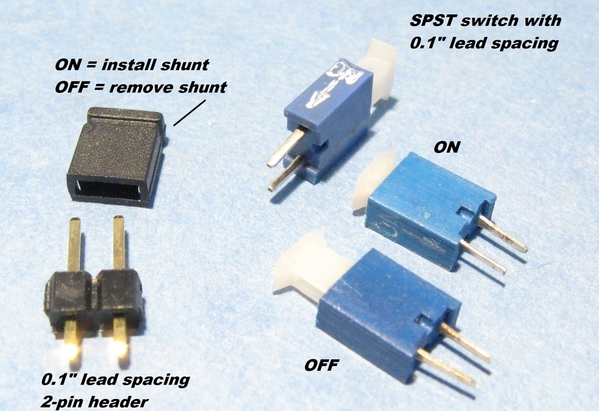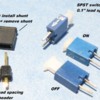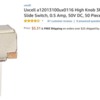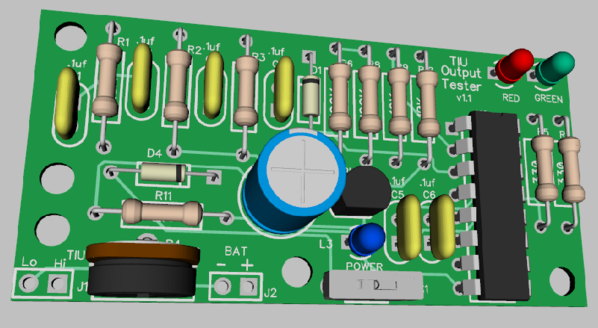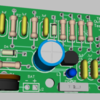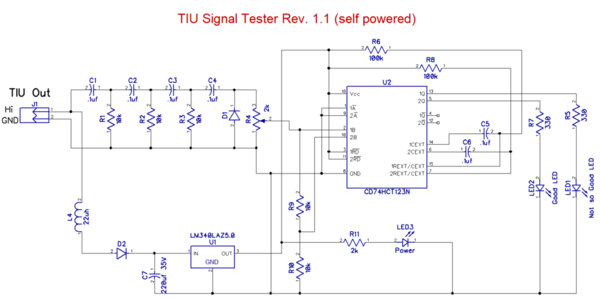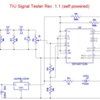I have just been watching and holding off for now.
I still want to say thanks to all involved in developing this for their work.
I like to see things move forward and eliminate any guesswork. I am a big MTH fan and have met and heard from people who are not.
I have been blessed overall with well performing DCS equipment. I don't believe I put it under extra undo stress! I always thought 2 rail would have worse shorts then 3 rail would. Just something I stumbled on and kept in the back of my mind. Probably is not correct but was something I heard in the wind....





